Original author: Miya
Compiled by Odaily Planet Daily ( @OdailyChina ); Translated by Ethan ( @ethanzhang_web3 )
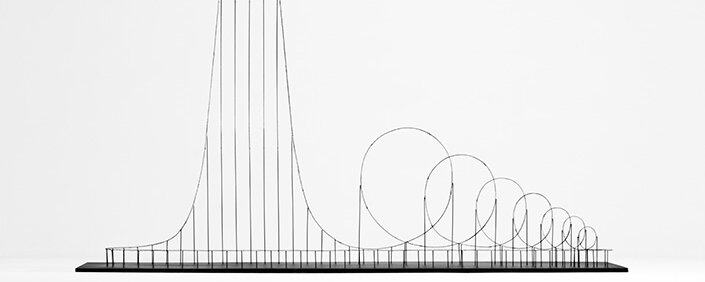
Editor's Note: After 18 months of crazy expansion, the popularity of Meme coins on Solana is cooling down rapidly: trading volume has shrunk significantly, robot trading has surged, and retail investors' risk appetite has continued to decline - all signs indicate that the "super cycle" may be coming to an end.
While many projects are still fighting for existing traffic, the two major "launch pads" PumpFun and LetsBonk have staged a dramatic role swap: on the surface, LetsBonk leads in deployment volume, revenue, and market share; while PumpFun has chosen to "shrink the front and conserve ammunition", turning its attention to the next narrative turning point.
What does this "win-lose" situation really mean? Is the meme coin market no longer worth investing in? What's the connection between PumpFun's quiet buildup and the new wave of ICM driven by Solana Labs? In this article, the author analyzes deployment data, revenue curves, user structure, and capital reserves to offer a completely different answer from the mainstream view: perhaps the "winner" isn't the current leader, but the "hidden player" who hit the brakes before the bear market hits, stockpiling ammunition for transformation.
It is important to note that the views expressed in this article are based on explicit positions and inferences and are not intended to be investment advice. Odaily encourages readers to carefully consider their own risk tolerance while consulting the author's data and arguments.
Original content
First, this isn’t a knock on LetsBonk; I think the Bonk team, led by Tom, has done such a good job capturing memecoin mindshare that any pushback isn’t worth it. LetsBonk has won the memecoin war and will continue to dominate the space.
PumpFun is winning. Your first reaction might be to think I'm talking nonsense. But let's look at some data that seems to indicate that PumpFun is not winning.
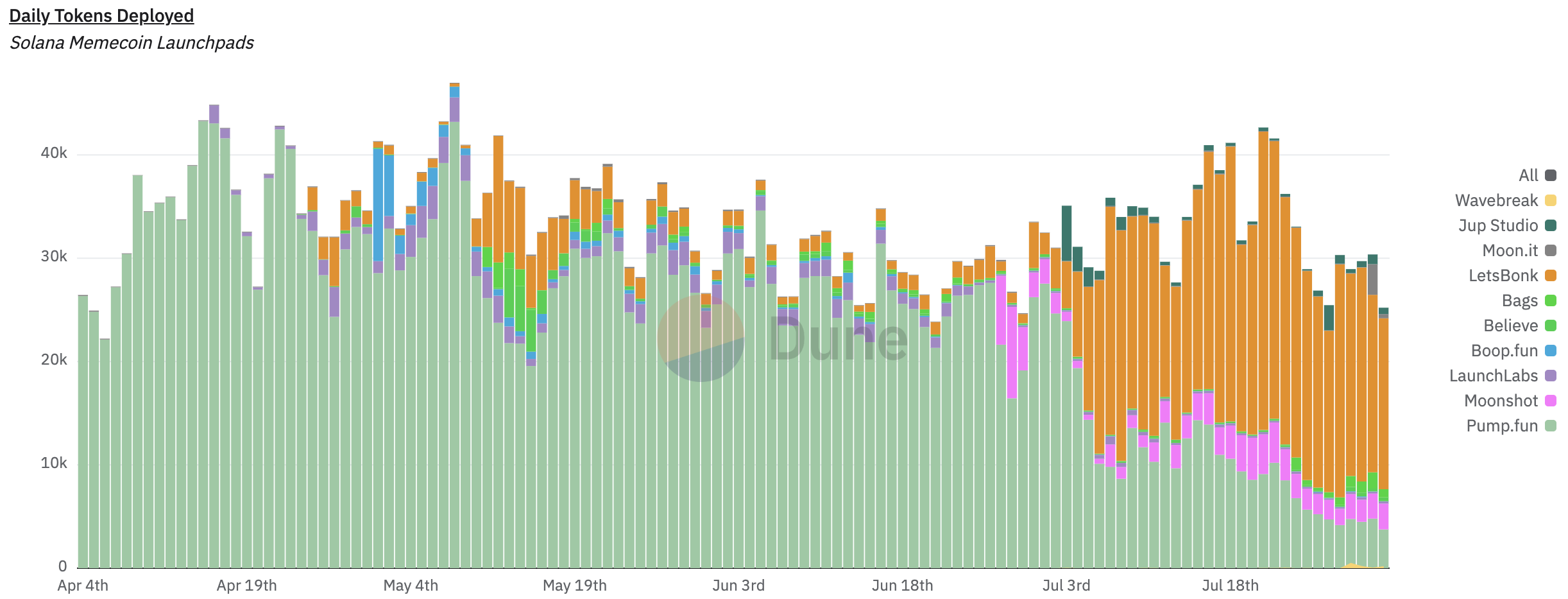
LetsBonk not only stole some of the attention in terms of daily token deployment volume, but also became the “absolute” leader in deployment volume.
Currently, LetsBonk's token deployment is approximately 3.7 times that of PumpFun, capturing a 65.1% market share in just one month. In terms of the number of graduated projects, LetsBonk is approximately 7.8 times that of PumpFun. PumpFun, on the other hand, issues more tokens per graduated project, making LetsBonk a more cost-effective trading launchpad.
So, why is PumpFun winning when all indicators and charts show it lagging? Let me explain:
To understand why PumpFun has been executed so nearly flawlessly so far, we have to look at the bigger picture.
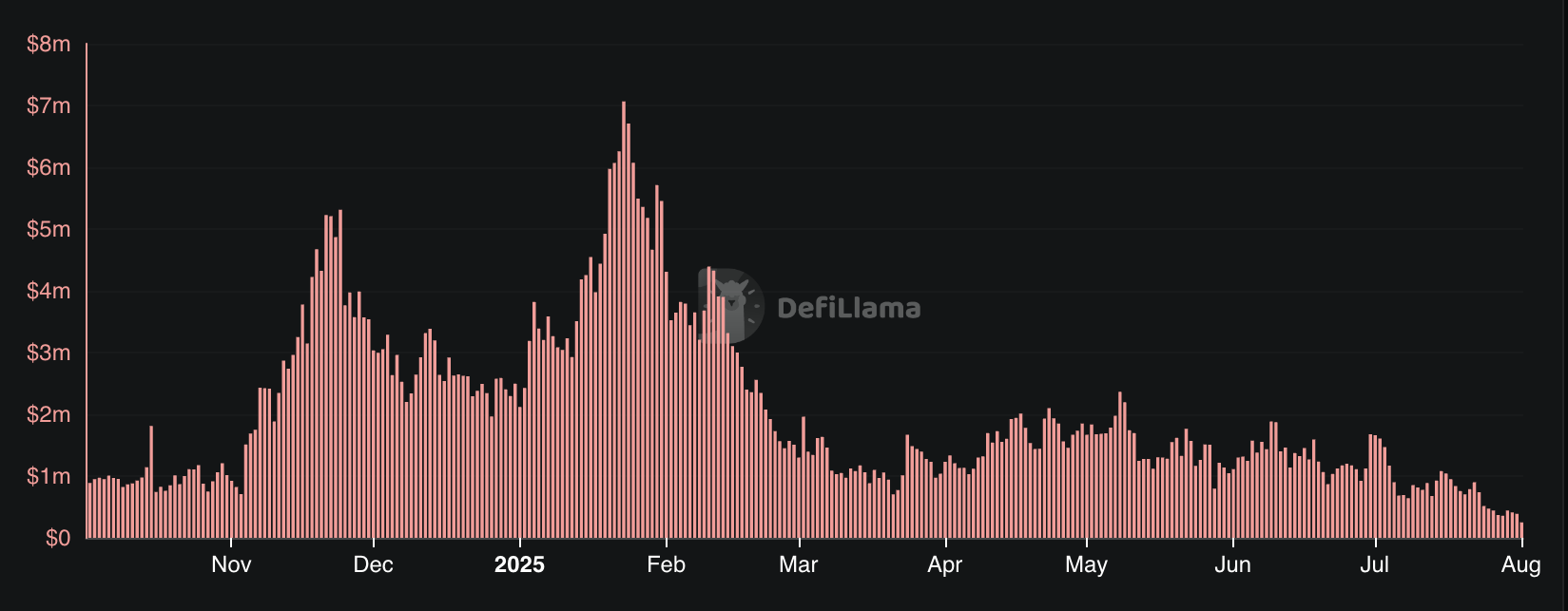
Over the past month, PumpFun's 24-hour peak revenue has plummeted from $7.07 million to $469,000, a decrease of approximately 93.4% (a decrease of $6.6 million).
Memecoin is declining. Its overall size has been shrinking since February 2025. Not only did PumpFun's single-day revenue plummet 93.4%, but the entire market in which LetsBonk operates is also shrinking.
From the perspective of trading volume share, it may be like this:
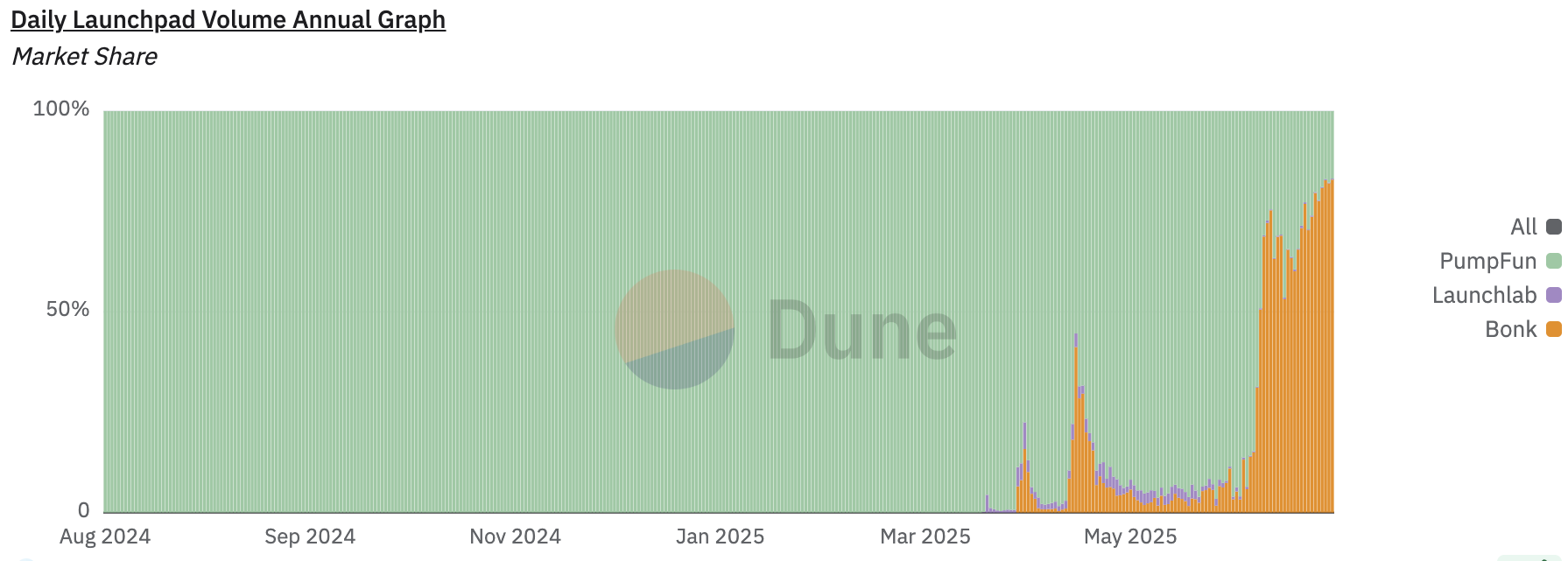
But the market size that the two are actually competing in is actually like this:
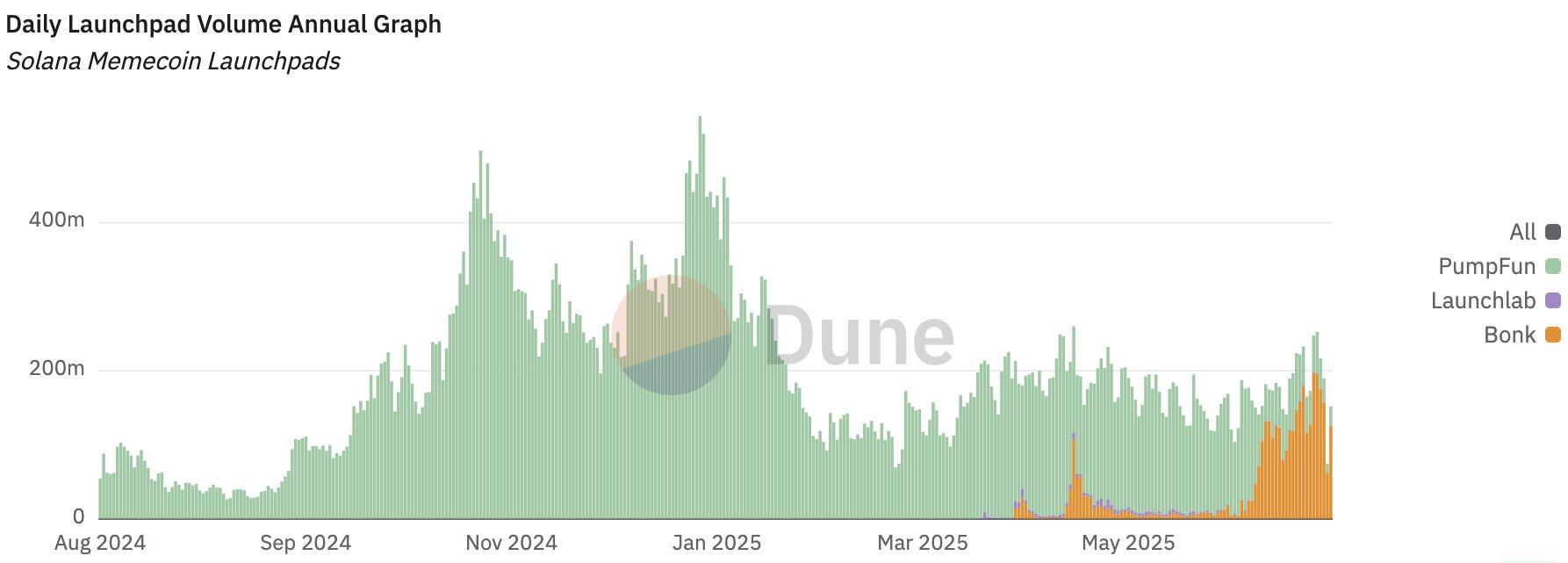
What’s even worse is that while robot trading has increased significantly, the number of real users has actually dropped even more.
Since the celebrity coin hype craze, risk appetite for Solana meme coins has been declining. Major “harvest” events like MELANIA and LIBRA have accelerated this process.
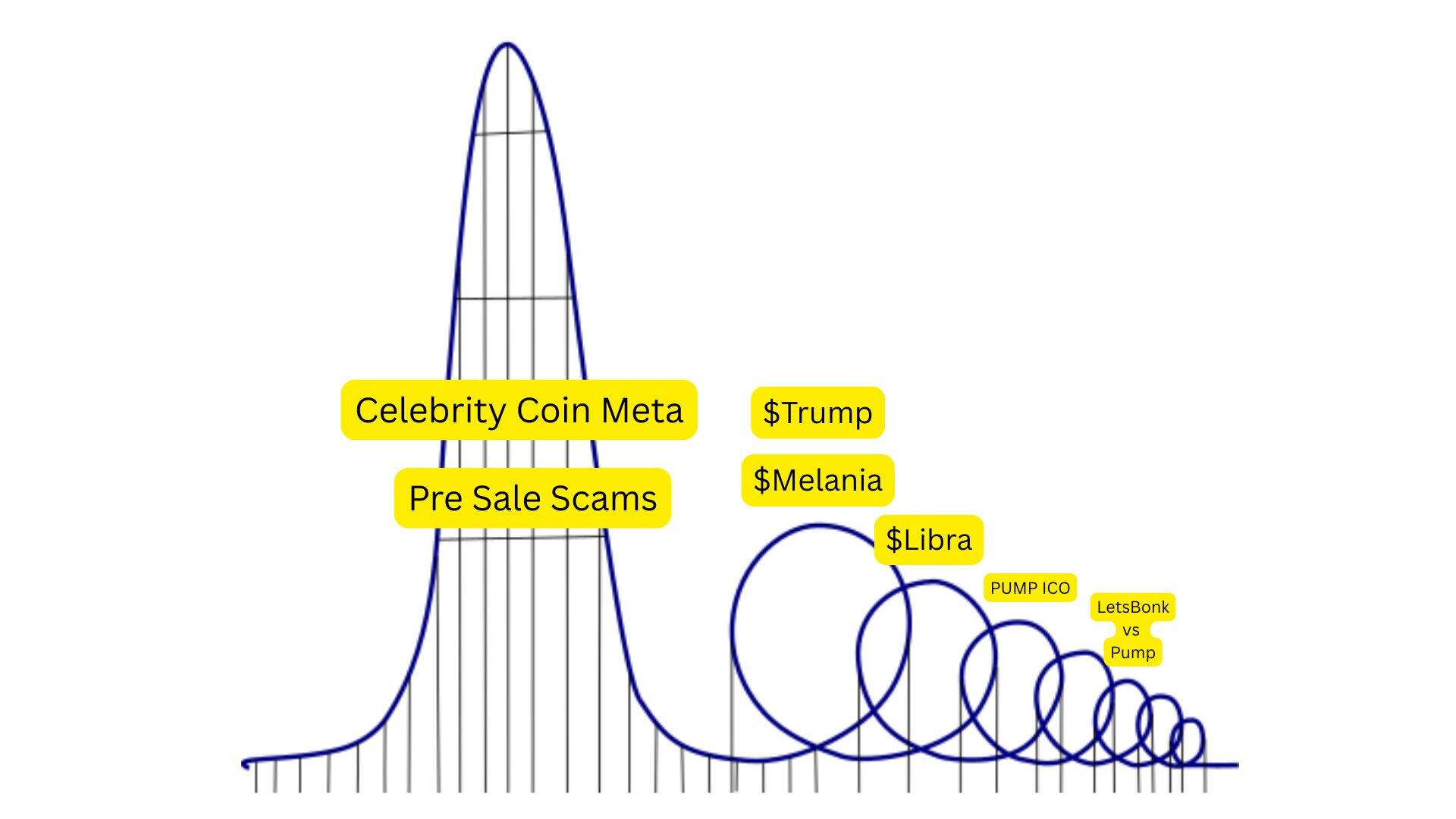
Retail investors' risk appetite declines
It's safe to say that memecoin trading isn't what it used to be. To understand why things are actually worse than they appear, read my previous three - part series .
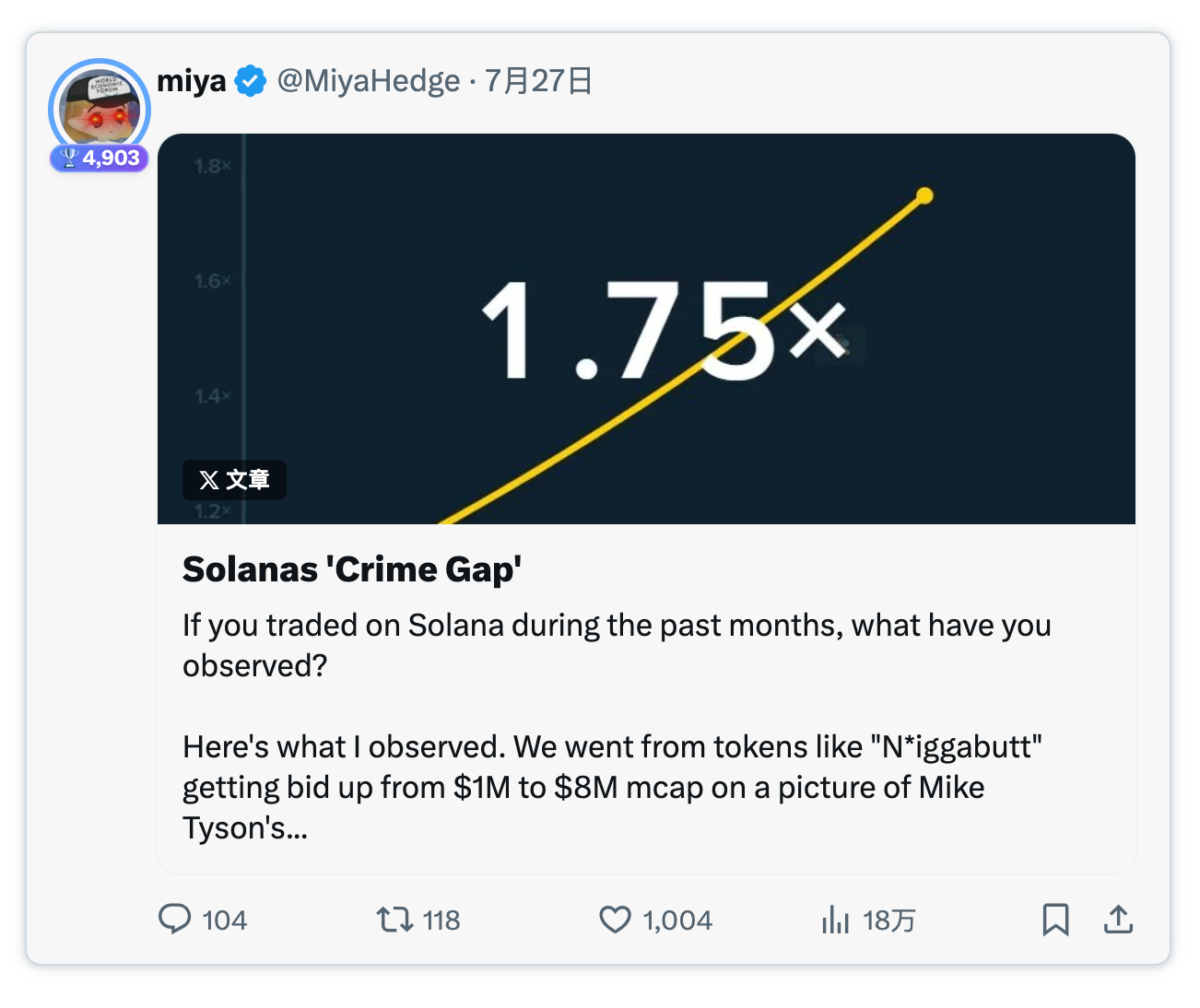
The meme coin super cycle is coming to an end.
For a company that plans to survive for at least two years, meme coins are not an ideal future investment. Today’s meme coin trading is not just an ordinary “casino” but a gambling game with increasingly negative expected value.
“Oh, they’re already addicted, just keep squeezing retail investors out of their money.”
Even the most compulsive gamblers are leaving the meme coin market, knowing the inevitable losses. Furthermore, the more sophisticated market participants already possess advanced tools and information advantages (frontline funds, insider coins, etc.), leaving ordinary traders further and further behind, with no way back. This is a one-way process of gradually expanding information advantages and shrinking profit margins for ordinary traders.
Back to the title: Why did PumpFun win?
Put yourself in their shoes: If you were PumpFun CEO Alon, what would you do?
Option 1: Use huge funds to buy back $PUMP
Suppose he now sets up a $200 million fund, repurchases shares continuously for the next 31 days, and uses all fees paid for repurchases. Does that solve everything? Not at all. Meme coins are still trending downward, and PumpFun still carries the inherent label of a "meme coin launch pad." Buybacks won't reignite risk appetite or bring back the liquidity needed for organic "dark horses." They might boost short-term sentiment, but they won't revitalize meme coins—it's a money-burning, unsustainable business.
Option 2: Airdrop $PUMP to users to inject liquidity
This would simply inject capital into a declining market, and PumpFun risks giving away free money that it "will never get back," or that could even go to competitors.
So far, Alon has executed his strategy of "restrained investment" almost perfectly.
PumpFun must evolve. It's not worth fighting the declining meme coin gambling market.
So what happens now?
LetsBonk rebates most of its fees to BONK and GP, but lacks a substantial reserve of funds. Insiders have heavily invested in tokens like BONK and USELESS, effectively cashing out. Regardless, they may have traffic, but not cash.
They may have won the meme coin war, but market expectations for the track were so low that “winning” was worse than “losing.”
Community influencer @rasmr_eth suggested PumpFun invest $200 million in its platform to create the next ChillHouse-level dark horse. I think this is completely unnecessary and only further demonstrates that PumpFun is still competing in a declining market. In fact, if PumpFun still wanted to revitalize meme coins, they wouldn't have stopped tweeting for a week, nor would they have given up on competing head-on with LetsBonk.
Although I don’t know the specific internal actions of PumpFun, I know that Solana Labs is preparing for ICM (increase on-chain utility) to accumulate strength for the upcoming bear market.
Regardless of how the subsequent narrative unfolds, PumpFun is financially poised to surpass any competitor.
Some people say Alon will abandon PumpFun? I think this is ridiculous.
PumpFun has a solid brand, extensive connections, and a clear corporate structure. No one would abandon a healthy company after cashing out. This argument comes only from gamblers accustomed to the "pump-and-cash" game. I don't believe he will reinvest 100% of his earnings back into the business, but I'm almost certain that in the coming bear market, he will successfully enter Solana's next venture.
If you believe this cycle will last another year, $PUMP might be one of the stocks worth holding long-term in this bear market. As a hedge against my "this cycle is almost over" bet, I hold spot PUMP; among the many altcoins with significant liquidity, it is the most suitable option for this bet.





